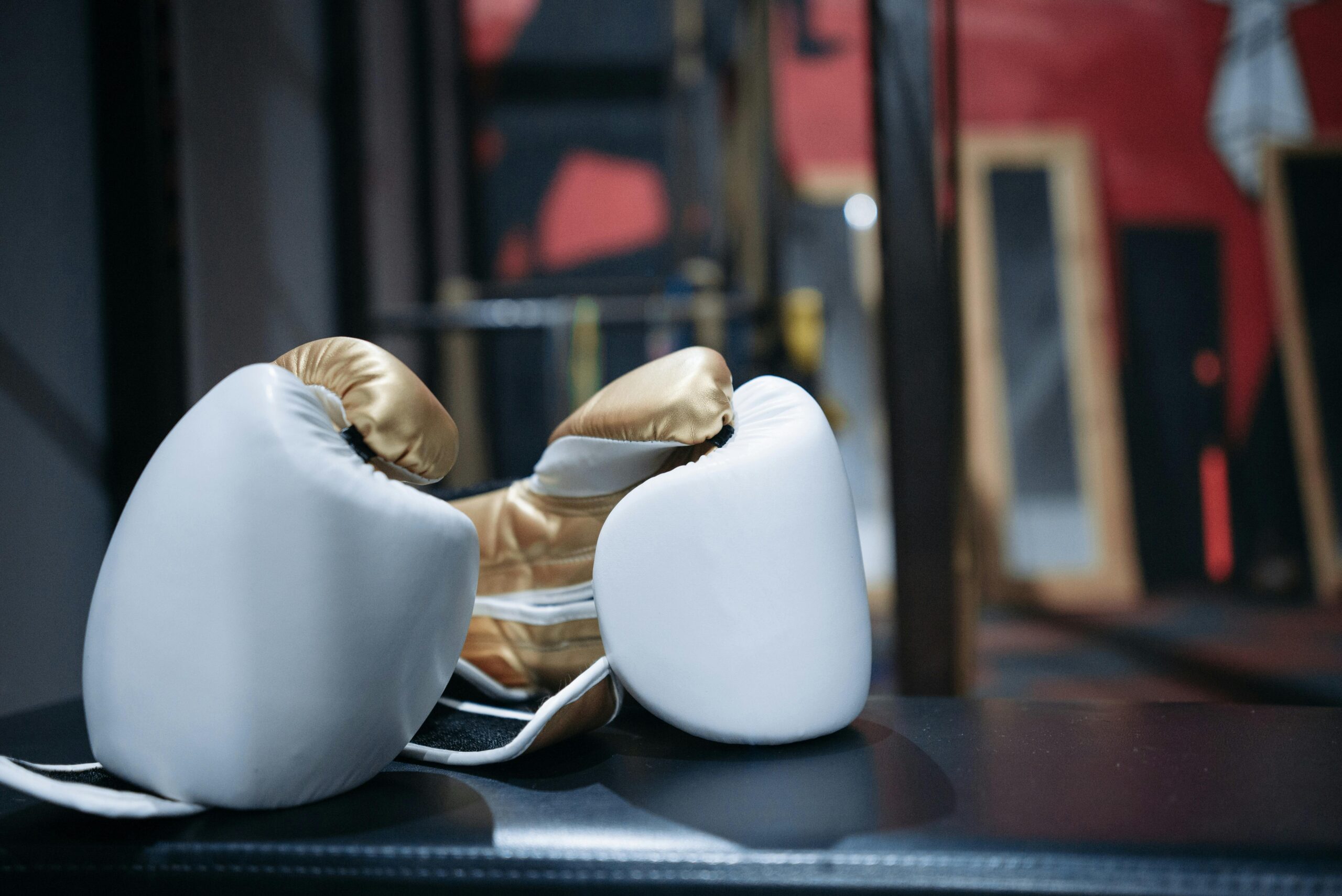
It’s no secret that the sports field has been a male-dominated space. A quick glance around a stadium during a major game, and it’s clear to see that sports fans are also predominantly male. Whether players themselves, fans, pundits, or coaches, women in sports tend to lack the opportunities and exposure granted to their male counterparts. Despite this, research demonstrates that when it comes to the most lucrative professional leagues in North America – such as NFL, NASCAR, and NBA – female fans make up between 37% and 45% of the market.
However, many sports brands and organizations fail to adequately cater to this segment of the sports consumer market. Additionally, there are many negative stereotypes attached to women who enjoy sports, such as that they’re only feigning interest to impress boyfriends or partners. Questions like “do you even understand the rules?” are often directed at female sports fans, yet hardly ever at male sports enthusiasts.
Despite these barriers, female fans remain resilient and devoted to their favorite sports and teams. Recent years have shown an increase in women playing sports, and as a result, the number of female sports enthusiasts has grown. The popularity of sports stars such as Venus and Serena Williams have put the spotlight on women in sports, which has, in part, lowered the animosity towards female fans. This means that brands and sports organizations are (finally) beginning to recognize that women have just as much right to enjoy sports as men. However, there remains an alarmingly large disparity in the treatment of male sports fans and women sports fans.
A long way to go
Although a lot of headway has been made over the past few years, the acceptance of female sports fans has a long way to go. Gender-based discrimination in sports is still rife, which reflects the wider societal issue of the general marginalization of women. Women in sports still tend to get fewer sponsorship deals, athletic opportunities, and job opportunities in the sports industries. As a result, female fans continue to be lesser respected than their male counterparts.
How can things improve? If you’re a marketer for a company such as a sports booking site, there are a few things you need to take into consideration, such as marketing women’s sports and providing personalized bonuses to female fans, thus giving female sportspersons the exposure they deserve and recognizing the importance of their fans.
However, to tackle the marginalization of female sports fans, the problem must be tackled at the core. Not only should female sports, in general, be given more air time, but sports brands and organizations need to step away from gender-based branding and recognize women as a key market segment that ought to be respected and adequately marketed towards. As a result, female fans will be able to better engage with their preferred sports and further develop their interests, which sports companies will, in turn, benefit from by opening up their offerings to potential new revenue streams.
The End Goal
As with equality in general, improvements are being made. However, it’s clear that there’s still a long way to get to the point where female sports fans are accepted without question alongside men. More teams and marketing companies must do a better job of reaching female fans as they are a growing market, and a good opportunity for companies to generate revenue from.

















